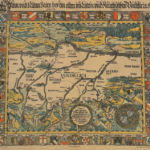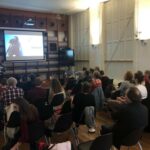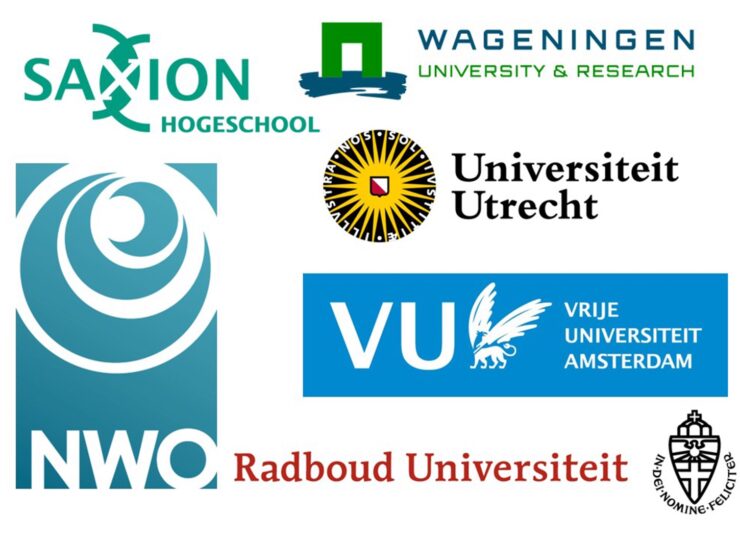Employing citizen science to understand borders and border systems from the Roman period until today
This project is about borders, in particular the border of the Roman Empire, the so-called Lower German Limes. In this project we not only investigate the impact of this border on migration and the import of goods and crops in antiquity, but also focus on how the limes becomes visible as cultural heritage today, and how it has influenced our contemporary views on borders.
We reconnect the white coats of sterile laboratories with the muddy boots of excavations, the dusty historical archives with the expanses of spatial analysis, and use big data to reinterpret and reorder artefacts in depots and museums.
On the one hand, the project will map the limes as a cultural contact zone by studying archaeological data, using various techniques, and with the aid of citizen scientists. This approach will allow us to reconstruct the borderscape in the Roman period in more detail than was possible so far.
On the other hand, the project focuses on the reception of the limes: how is this border (re)constructed for the benefit of the formation of nation states and the creation of regional, national, and European identities.
This approach helps us to better understand contemporary approaches towards borders and allows us to enrich public debates regarding borders and cultural interactions with historic knowledge.
This project brings together a consortium of experts in the fields of ancient history, archaeology, geology, cultural heritage, cultural history and art history, human geography and border studies, and environmental genetics. In this project we collaborate with a large number of public partners to disseminate the scientific results to a wide audience.
News
- Constructing the Limes goes Reuvensdagen 2022
 This year, the Constructing the Limes team participated in the Reuvensdagen, the annual national archaeology conference, this…
This year, the Constructing the Limes team participated in the Reuvensdagen, the annual national archaeology conference, this… - ‘The “rediscovery” of the Roman Limes in the 16th century’ – by Koen Ottenheym
 Publication news! Koen Ottenheym’s article on the “rediscovery” of the Roman Limes in the 16th…
Publication news! Koen Ottenheym’s article on the “rediscovery” of the Roman Limes in the 16th… - Report Consortium Meeting September 21 2022
 On September 21, Constructing the Limes organized a meeting with the project’s various stakeholders. The…
On September 21, Constructing the Limes organized a meeting with the project’s various stakeholders. The…

